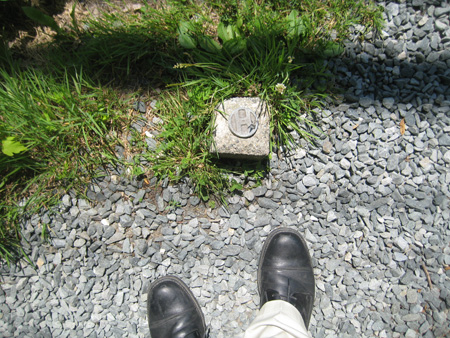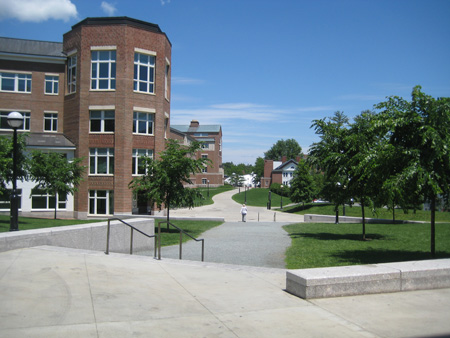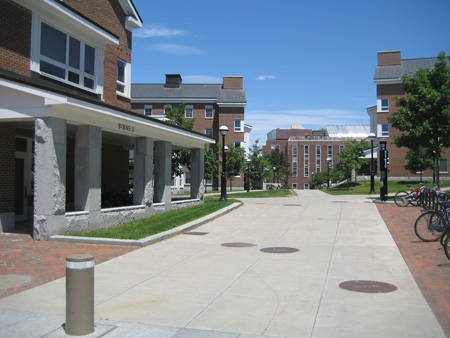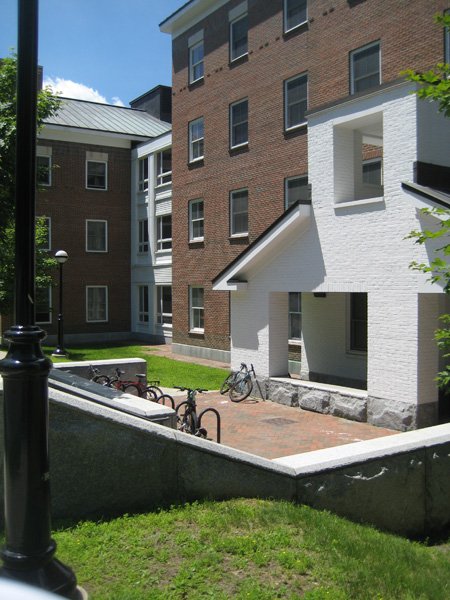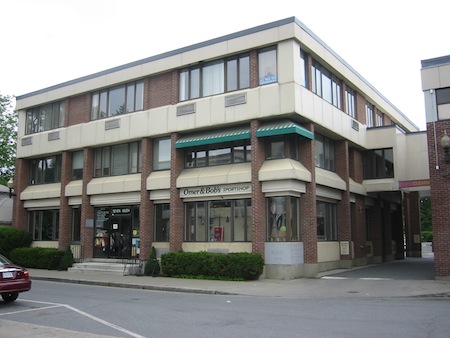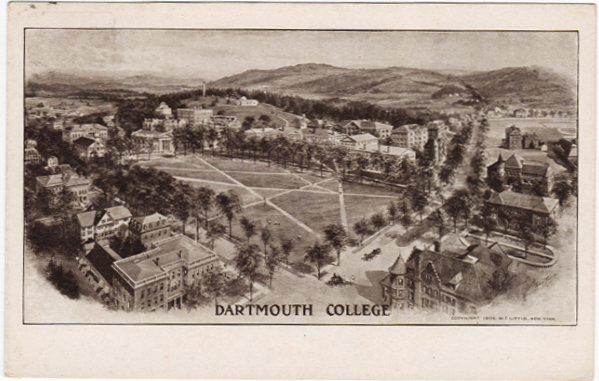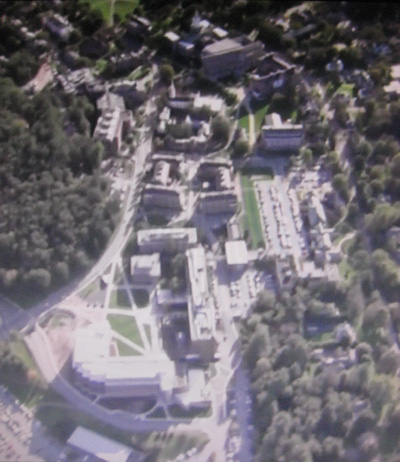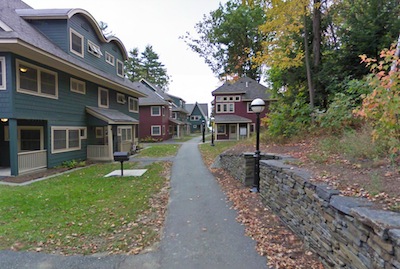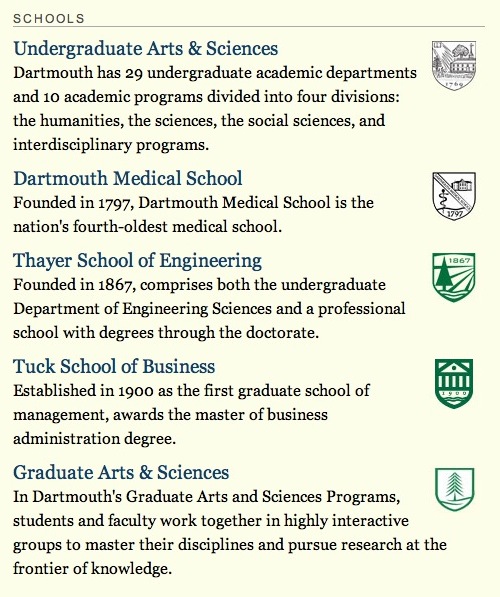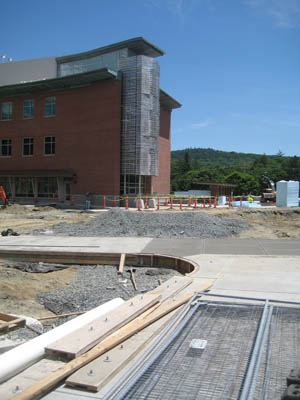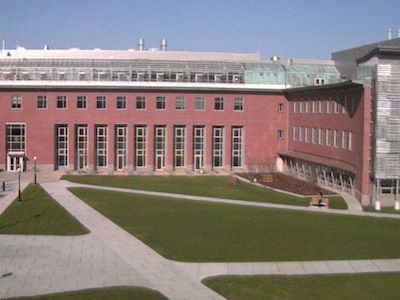Yale has been described as having more buildings with street addresses than any other school.1I thought this factoid was in Scully, et al., Yale in New Haven: Architecture and Urbanism (Yale, 2004), but I cannot find it there. See Cooper, Robertson & Partners, Yale University: A Framework for Campus Planning (pdf), 9 (“City streets connect the blocks, giving most buildings at Yale clear street addresses.”); id, 36 (“Nearly every University building has a city street address.”). That might have been the case 15 years ago, but in the age of E911 address requirements, there should not be a campus building anywhere in the country without a street number.
This is interesting: Dartmouth’s Class of 1978 Life Sciences Center, which basically is part of the old Med School campus along College Street, had its street number changed from 76 College Street to 78 College Street.2Dartmouth Alumni Magazine (January/February 2012) (pdf), 14.
——-
[Update 11.04.2012: First sentence changed, citation to Yale plan added, and DAM citation placed in footnote.]
——
| ↑1 | I thought this factoid was in Scully, et al., Yale in New Haven: Architecture and Urbanism (Yale, 2004), but I cannot find it there. See Cooper, Robertson & Partners, Yale University: A Framework for Campus Planning (pdf), 9 (“City streets connect the blocks, giving most buildings at Yale clear street addresses.”); id, 36 (“Nearly every University building has a city street address.”). |
|---|---|
| ↑2 | Dartmouth Alumni Magazine (January/February 2012) (pdf), 14. |
